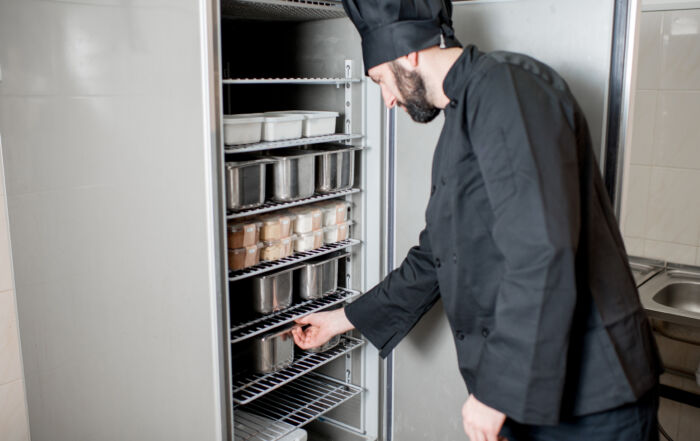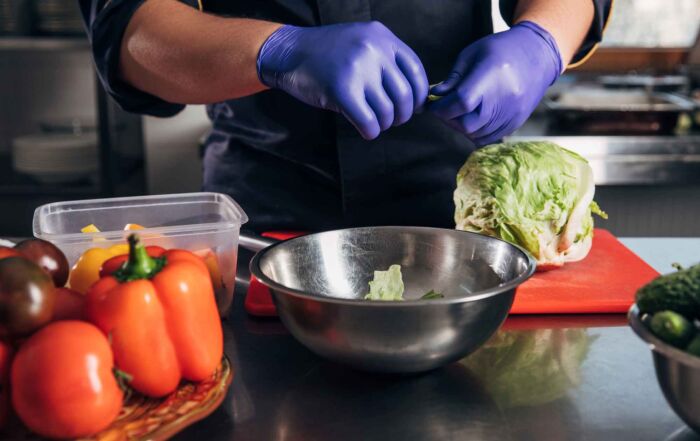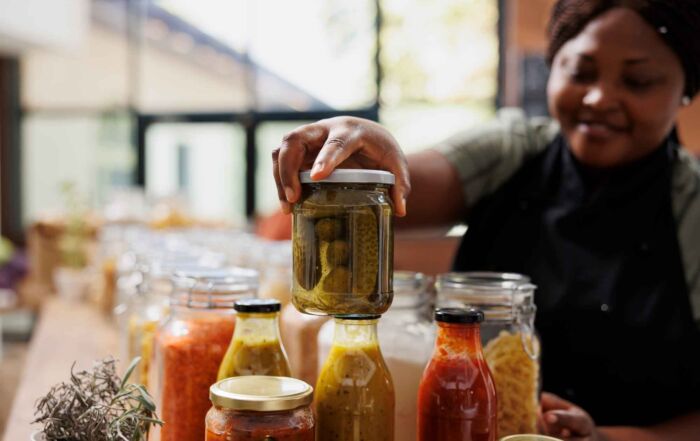What Have We Already Learned from the Most Recent E. Coli Outbreak?
In late-September and peaking in very early-October, reports of increased Escherichia coli (E. coli) 0157:H7 cases started to surface in the Western part of the United States. The investigation quickly traced the source of the infections to the onions served on top quarter pound hamburgers at McDonald’s restaurants. The outbreak has served as a stark reminder of the critical importance of food safety in the foodservice industry. As of early-November, current cases total 90, with 27 hospitalization, and one reported death. Certainly, more will surface in the coming weeks, but it seems the worst of the outbreak is over.
From the outside looking in, it did seem that the source of outbreak was very quickly identified, which resulted in McDonald’s being able to quickly pull the item from the menu and protect consumers. For foodservice operators, maintaining a transparent and accountable supply chain is essential. This involves not only selecting reputable suppliers but also conducting regular audits and requiring documentation of food safety practices. Understanding the origin and handling of ingredients can significantly reduce the risk of contamination.
Lacking the “kill step” of cooking that we have with many products, fresh produce, such as the slivered onions used by McDonald’s, can be difficult to manage from a food safety perspective. Fresh produce is a staple in many restaurant menus, offering vibrant flavors, appealing textures, and health-conscious options. However, serving fresh ingredients comes with its own set of food safety risks that restaurant owners must address. Understanding these risks and implementing robust safety measures is essential for protecting your customers and your business.
…lacking the “kill step” of cooking that we have with many products, fresh produce… can be difficult to manage from a food safety perspective.
Fresh fruits and vegetables can harbor pathogens like E. coli, Salmonella, and Listeria Monocytogenes. These microorganisms can thrive in the soil, on the surface of produce, and even within the plant itself. This incident at McDonald’s is certainly not the first and will not be the last outbreak with fresh produce. From 2004 through 2010, 4,949 illnesses, 895 hospitalizations, and nine deaths occurred from multistate produce outbreaks. From 2010 through 2017 of those outbreaks where the vehicle of transmission and cause of the illness were identified, almost 13% were traced back to fresh produce.
To mitigate the risks associated with serving fresh produce, consider implementing the following practices:
- Training Staff: Ensure that all kitchen staff are trained in food safety protocols, including proper washing, cutting, and storing techniques for fresh produce. This should also include methods to mitigate cross contamination. Regular refresher courses and evaluations can ensure that all team members are aware of the latest safety protocols and best practices.
- Routine Inspections: Conduct regular inspections of your kitchen and storage areas to ensure that food safety practices are being followed consistently.
- Clear Labeling: Label all containers with cut produce, indicating the date they were prepared. This helps maintain a first-in, first-out system and ensures freshness. This can also help with tracking the product and identifying and removing product that may be contaminated. In many cases, the food system can trace a product to the delivery at a foodservice establishment, but the tracking of the product within the foodservice operation is problematic.
- Monitor Temperatures: Use food thermometers to monitor the temperatures of refrigeration units and ensure that fresh produce is stored correctly.
The E. coli outbreak at McDonald’s highlights the ongoing challenges within the foodservice industry regarding food safety. By learning from this incident and implementing comprehensive safety measures, foodservice operators can better protect their customers and themselves from the devastating effects of foodborne illnesses. It is a collective responsibility—suppliers, employees, operators, and consumers alike—to prioritize safety in every aspect of food preparation and service. Risk Nothing.
READ MORE POSTS
Chilling Out: A Quick Guide to Thawing Food in Foodservice
Thawing food and cooling food are two challenges we face daily in foodservice operations. Regardless [...]
Recommitting to Food Safety in 2025, One Meal at a Time
The start of a new year is a great time to cast aside old habits and [...]
Why Canning in Foodservice Really Isn’t a Good Way to Preserve Fresh Produce
Canning has long been a trusted method for preserving fresh produce, offering a way to extend [...]
Managing Food Safety During the Foodservice Holiday Rush
The holiday season is a time of increased activity and demand in foodservice operations, from catering [...]










